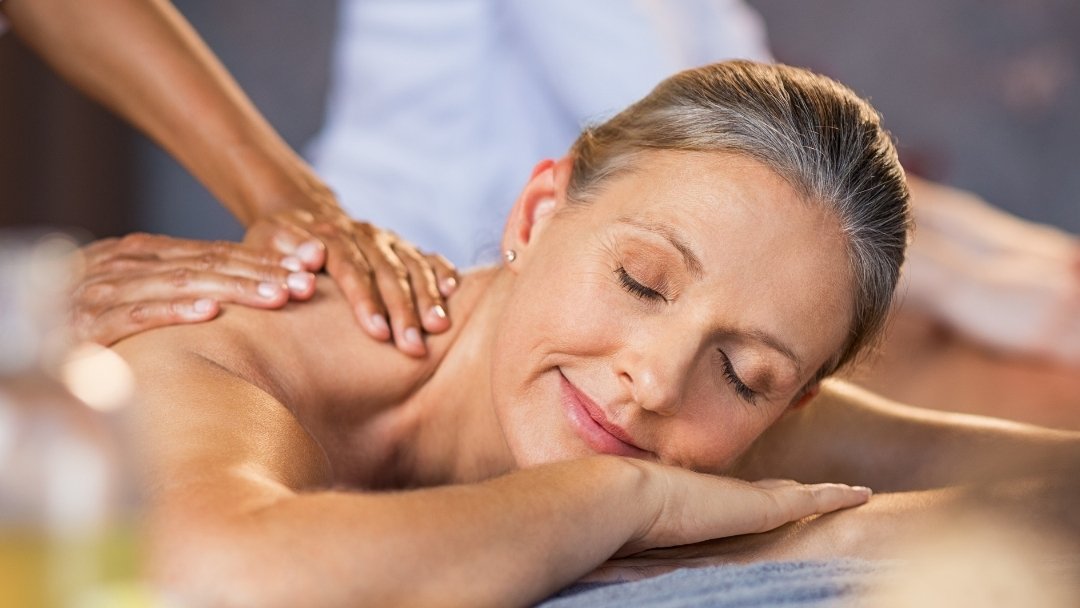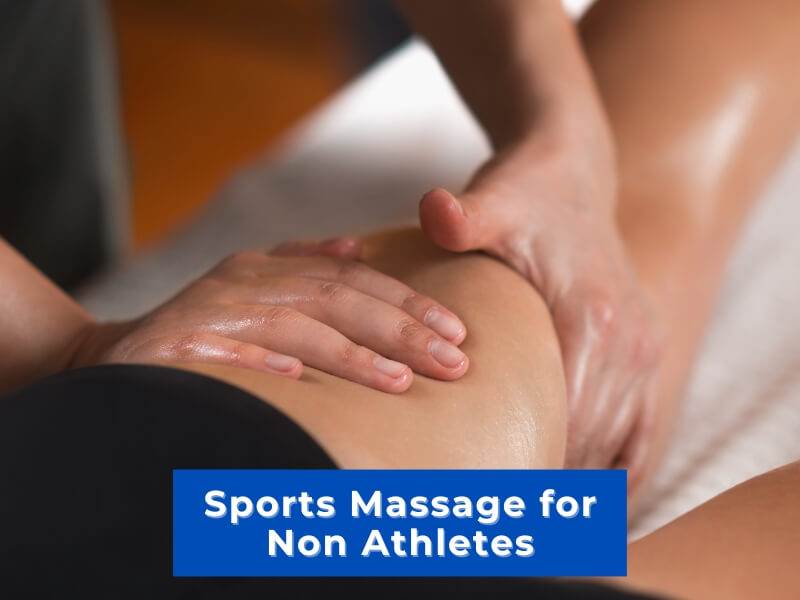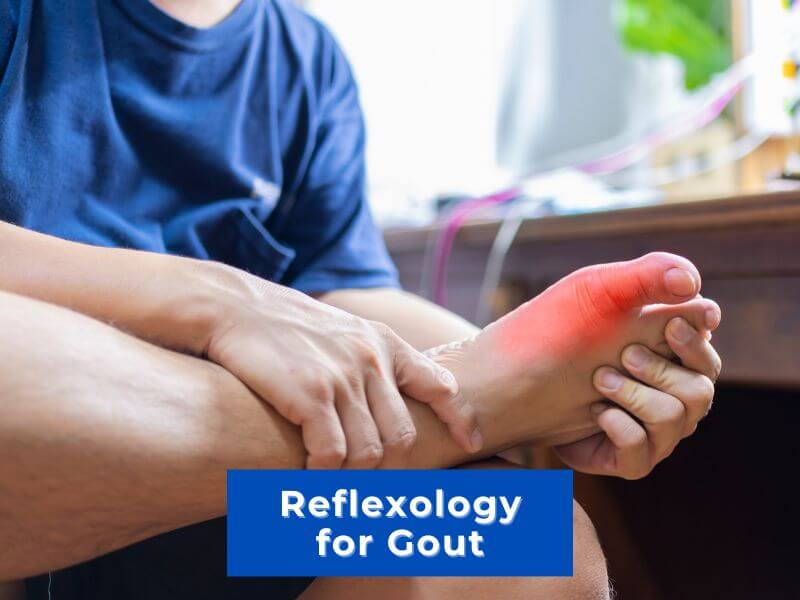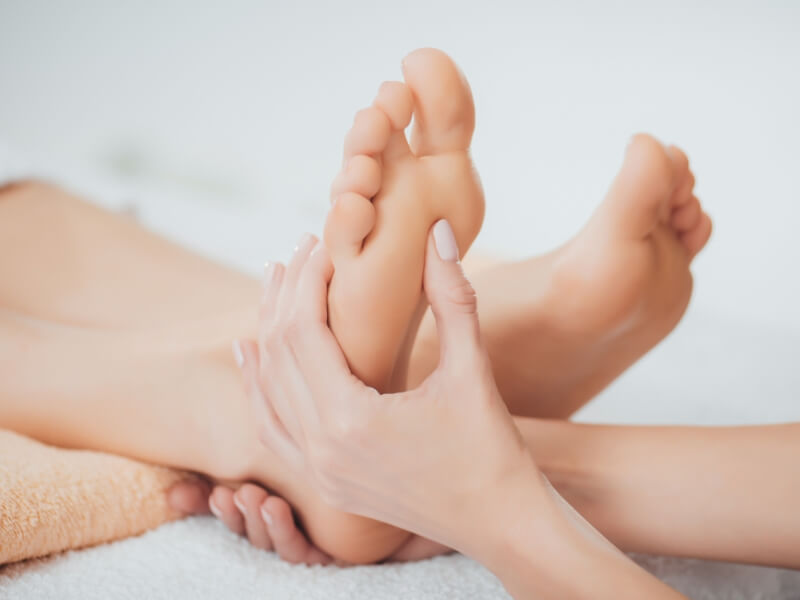Feeling tight, sore, or just not quite right after exercise or everyday life? Sports massage, often associated with athletes, is a versatile form of bodywork that can offer relief to anyone managing pain, stiffness, or stress in their muscles.
Whether you’re nursing an old injury, struggling with post-exercise fatigue, or want to improve flexibility as you age, sports massage offers gentle, natural benefits to explore.
Contents
What Is Sports Massage?
Sports massage is a specialised form of massage designed to target soft tissue tension caused by physical activity. It typically involves deeper pressure massage techniques, such as kneading, compression, and trigger point therapy. The aim isn’t just relaxation — it’s to improve muscle function, mobility, and to prevent further strain or injury.
Originating from both Swedish massage and physiotherapy traditions, it’s a treatment grounded in body awareness and recovery. And while many associate it with athletes, it’s just as useful for office workers, older adults, or anyone experiencing muscle tension from daily life.
Top 10 Benefits of Sports Massage
- Reduces Muscle Tension & Tightness – Helps relieve knots and adhesions that limit range of motion.
- Supports Recovery After Exercise – Speeds up the removal of lactic acid and improves circulation to tired muscles.
- Improves Flexibility and Mobility – Keeps joints and soft tissues supple as you age or increase activity levels.
- Prevents Injury – Regular sessions can identify and treat problem areas before they become injuries.
- Eases Stress and Mental Fatigue – Deep tissue work encourages a parasympathetic response — bringing calm to both body and mind.
- Boosts Circulation – Enhanced blood flow helps deliver oxygen and nutrients to tissues, aiding repair.
- Supports Lymphatic Drainage – It may help clear metabolic waste and reduce inflammation or swelling.
- Helps Chronic Pain Conditions – Can complement care for issues such as sciatica, arthritis, or fibromyalgia (with professional guidance).
- Improves Posture and Alignment – Releases tight areas that contribute to imbalance or compensation patterns.
- Promotes Body Awareness – Encourages a deeper understanding of your own tension patterns and how to respond to them gently.
What Is Sports Massage Good For?
Sports massage is beneficial not just for athletes, but for:
- Muscle recovery after workouts or long walks
- Managing chronic tension from sitting or repetitive tasks
- Postural support for ageing adults
- Injury prevention for active lifestyles
- Emotional release and nervous system regulation
It’s particularly beneficial for symptoms like tight calves, neck strain, lower back pain, or shoulder stiffness — often from modern sedentary living, not just sport.
What Happens to the Body After a Sports Massage?
After a session, you may notice:
- A sense of lightness or ease in the muscles
- Some mild soreness (a good sign tissues have been worked)
- Better posture or freer movement
- Deeper sleep that night
- Increased thirst (hydrate to help flush waste)
Some people also report an emotional release — stored tension often runs deeper than just the physical.
What Are the Results of a Sports Massage?
With regular sessions or proper aftercare, many people experience:
- Faster muscle recovery
- Less frequent injury flare-ups
- Improved range of motion
- A general sense of balance and groundedness
- Reduced reliance on painkillers or inflammatory medications
As with any therapy, results vary — but the cumulative effects are powerful when integrated with other holistic practices.
How Often Should You Have a Sports Massage?
It depends on your lifestyle. Some general guidance:
- Active or sporty individuals: Every 1–2 weeks, especially during training cycles
- Office workers/postural strain: Monthly sessions can prevent problems associated with posture issues
- Chronic tension/pain: Weekly or fortnightly until symptoms ease
Always listen to your body — more isn’t always better. Gentle consistency is more effective than intense, infrequent sessions.
Affiliate Note: Some of the links below are affiliate links — which means we may earn a small commission if you choose to make a purchase, at no extra cost to you. As an Amazon Associate, we earn from qualifying purchases. We only share products we believe may support your wellness journey.
Complementary Self-Care to Try at Home
Support your recovery in between sessions with tools that work with your body, not against it:
- Trigger point massage balls – (great for glutes, back and feet)
- Epsom salts for baths — supports magnesium absorption and muscle relaxation
- Natural arnica gel for topical pain relief
FAQs about Sports Massage
Q: Is sports massage painful?
A: It can feel intense, especially over tight areas, but it should never feel unsafe. Always communicate with your therapist.
Q: Can I have a sports massage if I don’t exercise?
A: Absolutely. It supports everyday tension, stress, and posture just as effectively.
Q: Should I rest after a massage?
A: Yes — ideally, give your body time to integrate the work. A walk, bath or early night can help.
Q: What’s the difference between sports and deep tissue massage?
A: Sports massage is more targeted and often used to address specific muscle groups or injuries, while deep tissue is broader in focus.
Explore trusted massage therapists near you in our Massage Directory.




